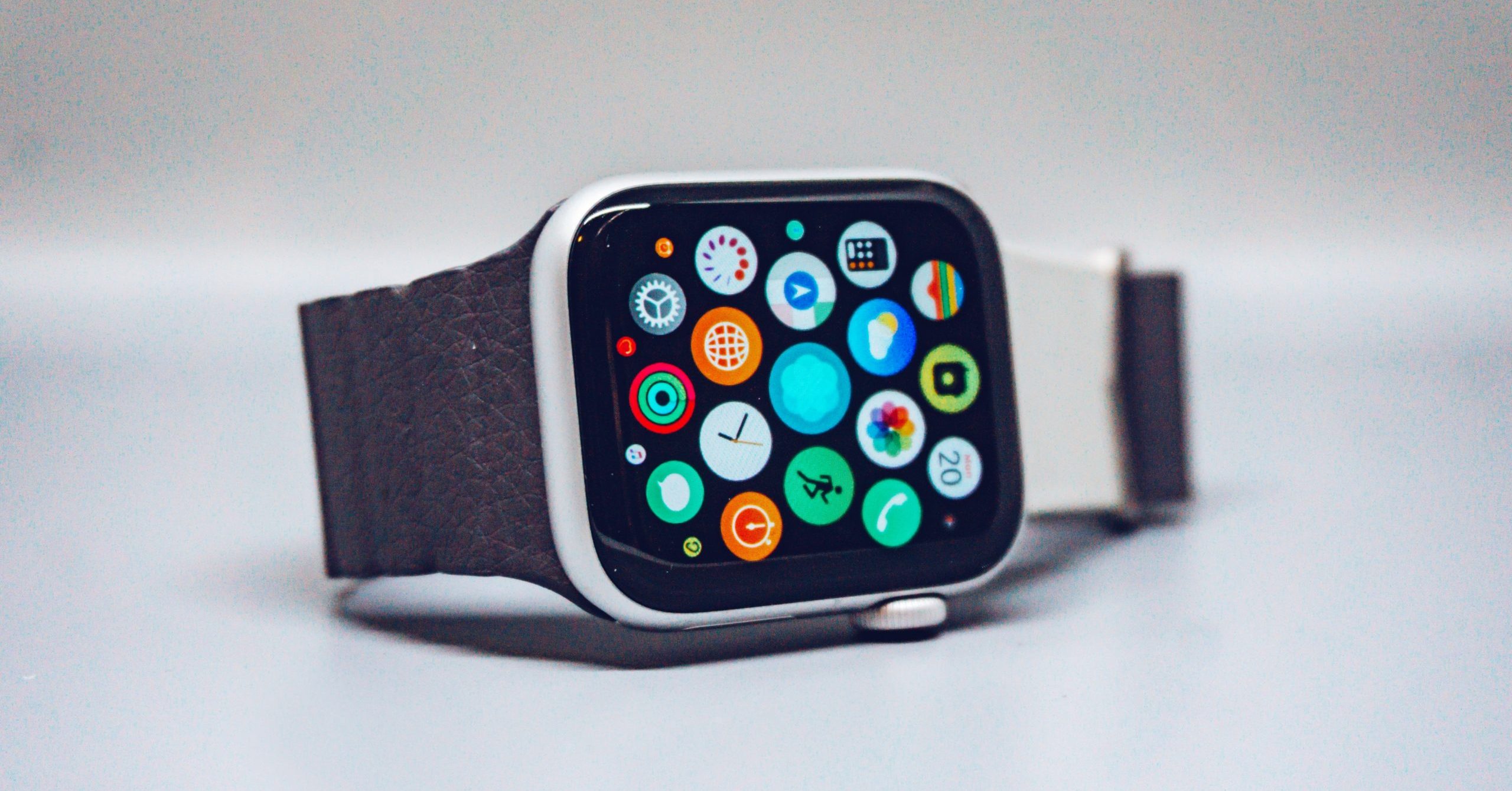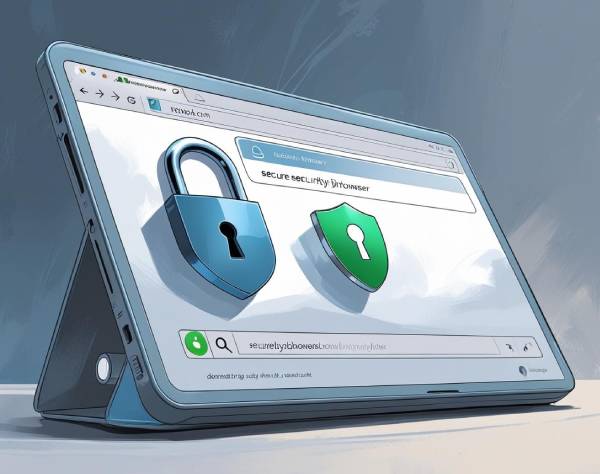More Wearables Mean More Security Concerns

If you don’t have a computer on your wrist yet, get ready because your time is coming. And, you’d better be careful.
The worldwide forecast for wearable technology sales is up 173 percent this year, according to a new report from International Data Corp. (IDC).
IDC predicts 72.1 million units will ship this year, thanks in part to the popularity of the Apple Watch, Fitbit and a host of other wearable technologies. Last year, only 26.4 million wearable devices were shipped. That figure is expected to climb to 155.7 million units by 2019.
Vendors like Fitbit and Xiaomi have helped drive the market forward with devices that cost less than $100 and IDC expects the momentum to continue throughout 2015 and into the next year, according to Jitesh Ubrani, an IDC senior researcher.
The more advanced devices, like the Apple Watch and Microsoft’s Hololens, represent a transition from basic to smart wearables. This opens up many new opportunities for vendors, app developers and accessory makers—plus hackers.
With a growing threat of hacking, comes the real possibility for data loss that can hit organizations hard. Since the devices themselves are still relatively new, built-in security is very limited, which increases the risk for data leaks.
Jailbreaking and modifying these devices from their original settings—plus the use of potentially damaging third-party applications, raises the vulnerability level even higher.
Organizations should take precautions to address these issues, starting with a close look at updating current mobile device policies and educating employees on the safest best-practices policies to protect themselves and their data.
Click here to read a full report on security for wearable devices from Security Intelligence.
Security: Do It Now
Data security company McAfee, recommends a couple of specific safety tips listed below.
Use a PIN. At minimum, protect all communication devices with a personal identification number (PIN). Do not share this number with anyone you don’t know.
Limit the information you put on your device. Control what you could potentially share with others. Check the device specifications to determine what information each app will need to use to do its job. For example, not every app needs to know your exact location or have access to your Facebook contacts. Review your location services and other privacy settings to be sure that personal information requires your permission before it is accessed or shared.
Back up your data. Copy any one-of-a-kind data to another device for safekeeping. A personal backup is your best defense against any potential loss of information




